Growing herbs indoors is one of the most rewarding ways to keep your kitchen stocked with fresh, flavorful greens all year round. Among the many herbs that thrive indoors, mint stands out as one of the easiest and most versatile. With its refreshing aroma, culinary uses, and even medicinal benefits, mint can instantly uplift both your indoor garden and your cooking.
But did you know that mint isn’t just one single plant? In fact, there are dozens of mint species, each with its own distinctive flavor and characteristics. While all mints share the same easy-care nature, some varieties are particularly well-suited for indoor gardening.
In this guide, we’ll walk you through five mint plant varieties you can grow indoors effortlessly. We’ll also share practical care tips, so you can enjoy thriving, fragrant mint plants right on your windowsill.
Why Grow Mint Indoors?
Before diving into the varieties, let’s understand why mint is such a fantastic indoor plant choice:
- Low Maintenance: Mint doesn’t require complicated care routines. With basic watering and light, it thrives year-round.
- Compact Growth: While mint spreads aggressively outdoors, growing it in pots indoors makes it easier to manage.
- Fragrance and Freshness: Its refreshing scent naturally freshens up your home, making it a living air freshener.
- Culinary Uses: From teas to cocktails, sauces, salads, and desserts, fresh mint leaves elevate countless recipes.
- Medicinal Benefits: Mint leaves aid digestion, reduce stress, and can be used in herbal remedies.
With that in mind, let’s explore five mint varieties that are ideal for indoor growing.
1. Spearmint (Mentha spicata)
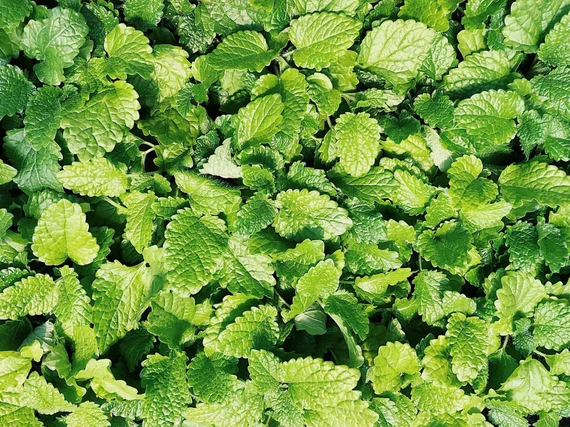
Spearmint is perhaps the most common and widely grown mint variety, known for its mild, sweet flavor and refreshing aroma. Unlike peppermint, which has a strong menthol kick, spearmint offers a softer, sweeter taste—perfect for everyday cooking.
Key Features:
- Light green, pointed leaves with serrated edges.
- Mild, sweet, less menthol-rich flavor.
- Fast-growing and resilient, even in lower light conditions.
Indoor Growing Tips:
- Place the pot near a bright window with indirect sunlight.
- Keep the soil consistently moist, but avoid waterlogging.
- Pinch off the tips regularly to encourage bushy growth.
Best Uses:
- Flavoring salads, chutneys, and sauces.
- Fresh garnish for lemonade, mojitos, and cocktails.
- Herbal teas to aid digestion and reduce stress.
2. Peppermint (Mentha × piperita)
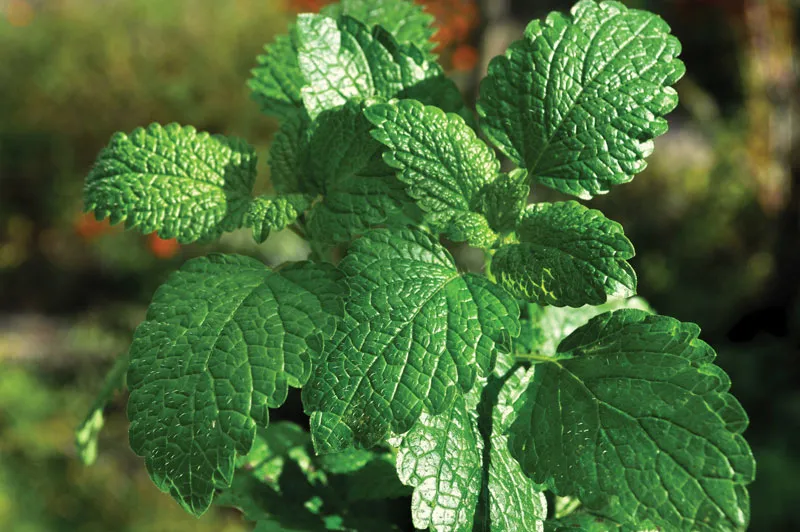
Peppermint is a natural hybrid between spearmint and watermint. It has a strong, cooling flavor due to its high menthol content, making it a favorite for teas, desserts, and medicinal use.
Key Features:
- Dark green leaves with reddish stems.
- Strong, menthol-heavy flavor and aroma.
- Highly aromatic—perfect as a natural room freshener.
Indoor Growing Tips:
- Prefers cooler indoor conditions compared to other mints.
- Provide 4–6 hours of bright indirect light daily.
- Keep the soil moist and harvest regularly to prevent legginess.
Best Uses:
- Soothing peppermint tea for digestion.
- Flavoring chocolates, ice creams, and baked goods.
- Aromatherapy for stress relief and colds.
3. Chocolate Mint (Mentha × piperita f. citrata ‘Chocolate’)
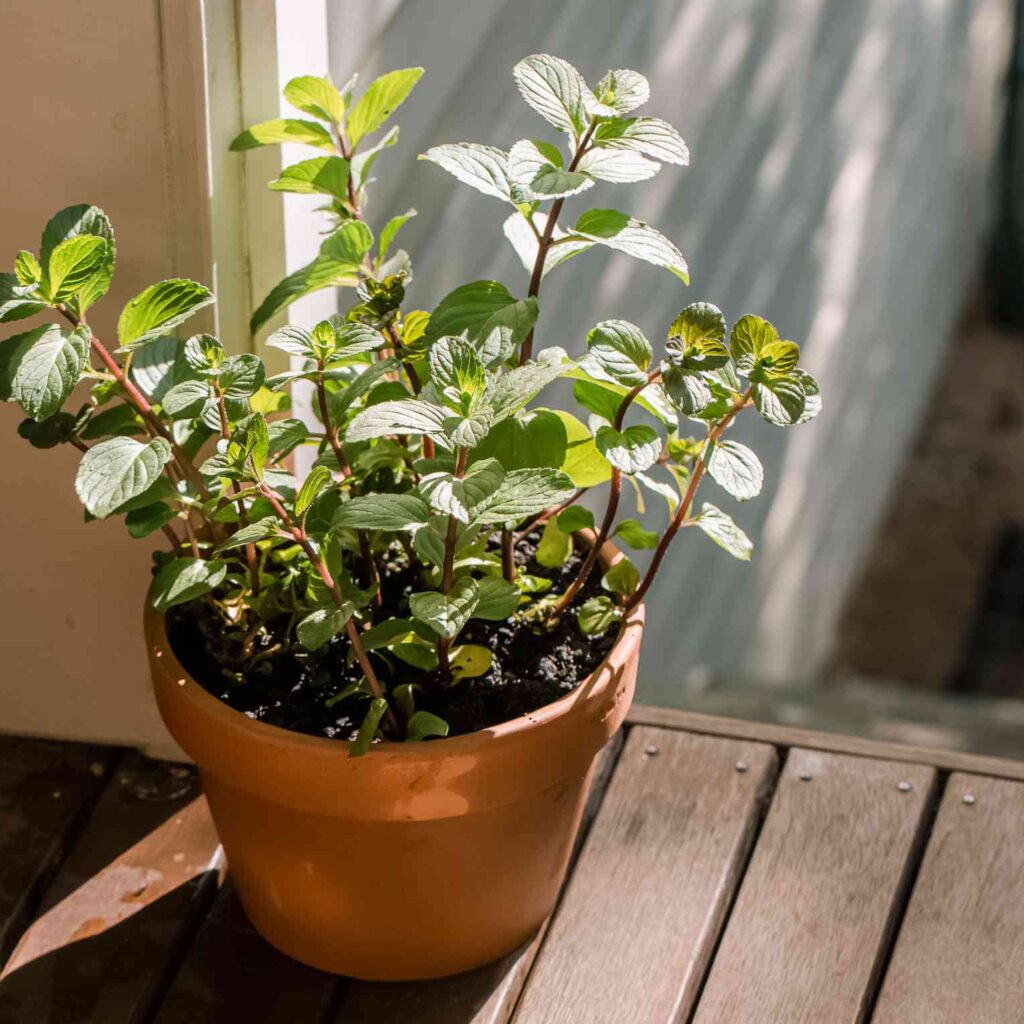
If you’re a dessert lover, chocolate mint will become your favorite. With its unique chocolatey undertone combined with the freshness of peppermint, it’s a fun and delightful addition to your indoor herb garden.
Key Features:
- Dark green leaves with a subtle bronze tint.
- Sweet aroma that resembles chocolate with mint.
- Hardy and fast-growing indoors.
Indoor Growing Tips:
- Needs bright, indirect light for best growth.
- Trim frequently to keep it compact and bushy.
- Use a well-draining potting mix to avoid soggy roots.
Best Uses:
- Infusing in hot cocoa or coffee.
- Flavoring cakes, cookies, and brownies.
- Adding a twist to mojitos and iced teas.
4. Apple Mint (Mentha suaveolens)
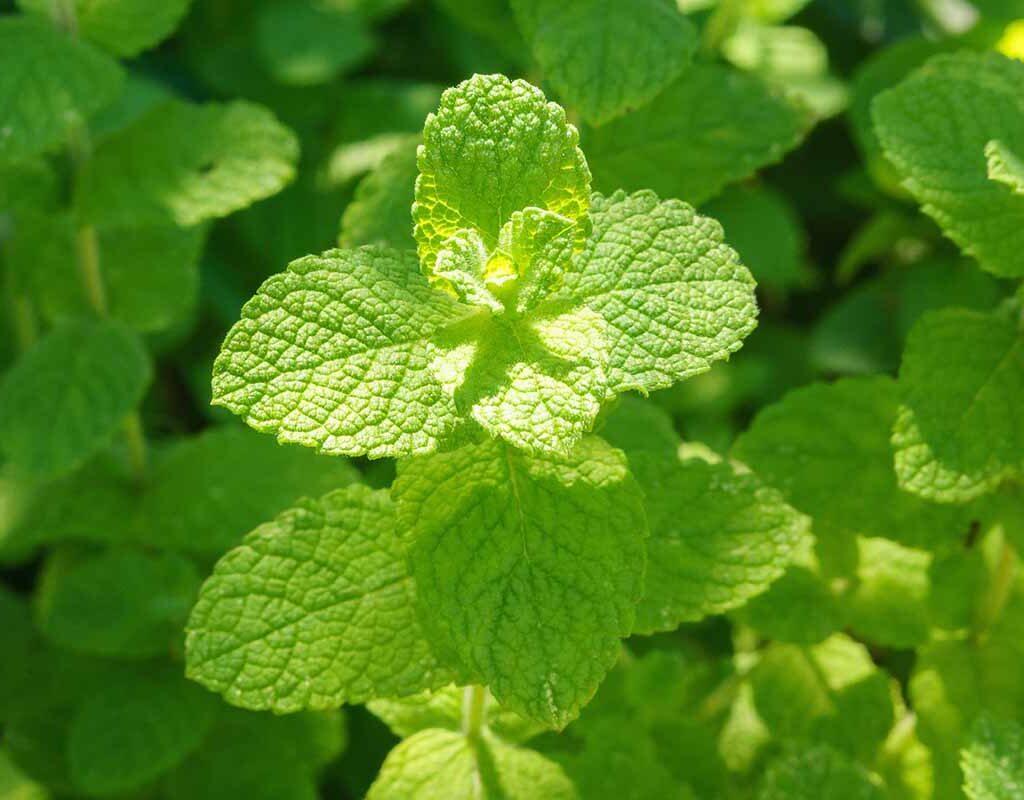
Apple mint is one of the gentlest varieties of mint, with a fruity, apple-like flavor that makes it ideal for both culinary and decorative purposes. Its fuzzy, rounded leaves also add a soft texture to your indoor garden.
Key Features:
- Rounded, fuzzy leaves with a light green color.
- Sweet, fruity apple-like flavor.
- Larger leaves compared to spearmint and peppermint.
Indoor Growing Tips:
- Prefers a sunny windowsill or grow lights.
- Water moderately, ensuring soil remains moist but not soggy.
- Prune regularly to prevent legginess indoors.
Best Uses:
- Brewing into refreshing herbal teas.
- Adding to fruit salads or desserts.
- Garnishing smoothies and mocktails.
5. Pineapple Mint (Mentha suaveolens ‘Variegata’)
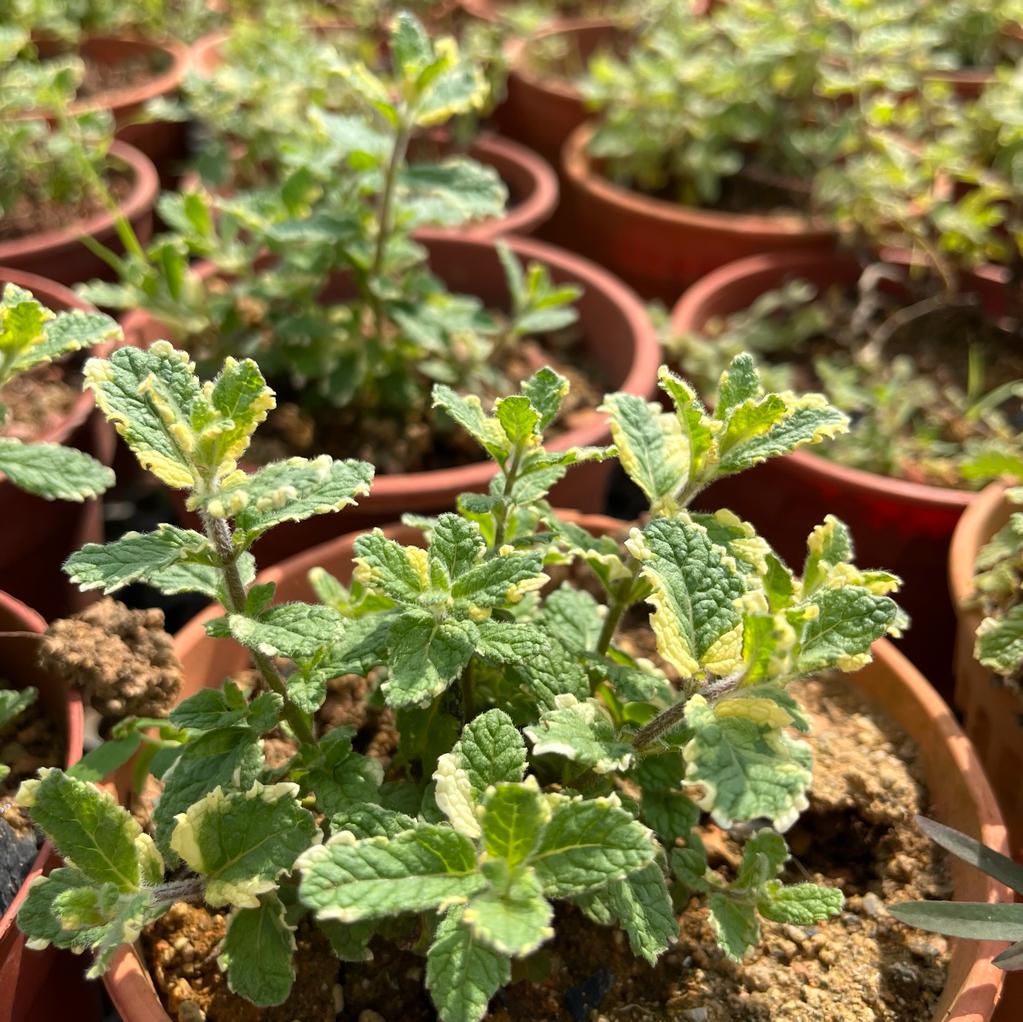
A beautiful and fragrant variety, pineapple mint is a variegated form of apple mint. Its cream-edged green leaves make it a stunning ornamental herb while offering a sweet, fruity flavor reminiscent of pineapple.
Key Features:
- Attractive variegated leaves (green with creamy-white edges).
- Sweet, fruity pineapple-like aroma.
- Decorative and edible—ideal for kitchen gardens.
Indoor Growing Tips:
- Thrives under bright light (south-facing windows are best).
- Needs consistent watering—don’t let the soil dry out.
- Pinch back stems to encourage lush, bushy growth.
Best Uses:
- Garnish for tropical cocktails and fruit juices.
- Beautiful addition to salads and desserts.
- Decorative houseplant with fragrance and function.
General Care Tips for Indoor Mint Plants
No matter which mint variety you grow indoors, here are some universal care practices:
- Choose the Right Pot: Use medium-sized pots (6–8 inches wide) with drainage holes to control mint’s vigorous spreading habit.
- Soil Mix: Use a light, well-draining potting mix enriched with organic compost.
- Watering: Mint loves moisture. Keep soil slightly damp, but avoid waterlogging.
- Light: Place near a bright window with 4–6 hours of indirect sunlight daily. Grow lights can be used in low-light homes.
- Pruning: Regular trimming keeps the plant bushy and prevents legginess.
- Fertilizer: Use a mild, water-soluble fertilizer once a month during the growing season.
- Harvesting: Pick leaves from the top frequently. This encourages more growth and ensures a steady supply.
Conclusion
Growing mint indoors is one of the simplest ways to bring freshness, fragrance, and flavor into your home. With varieties like spearmint, peppermint, chocolate mint, apple mint, and pineapple mint, you can create a diverse and delightful indoor herb garden.
Not only do these plants provide you with endless culinary possibilities, but they also improve air quality, uplift your mood with their aroma, and add greenery to your living space. With just a little care, your indoor mint plants will reward you with lush growth and refreshing leaves year-round.
So, pick your favorite mint variety—or better yet, grow a mix of them—and enjoy the beauty and benefits of mint right at your fingertips.
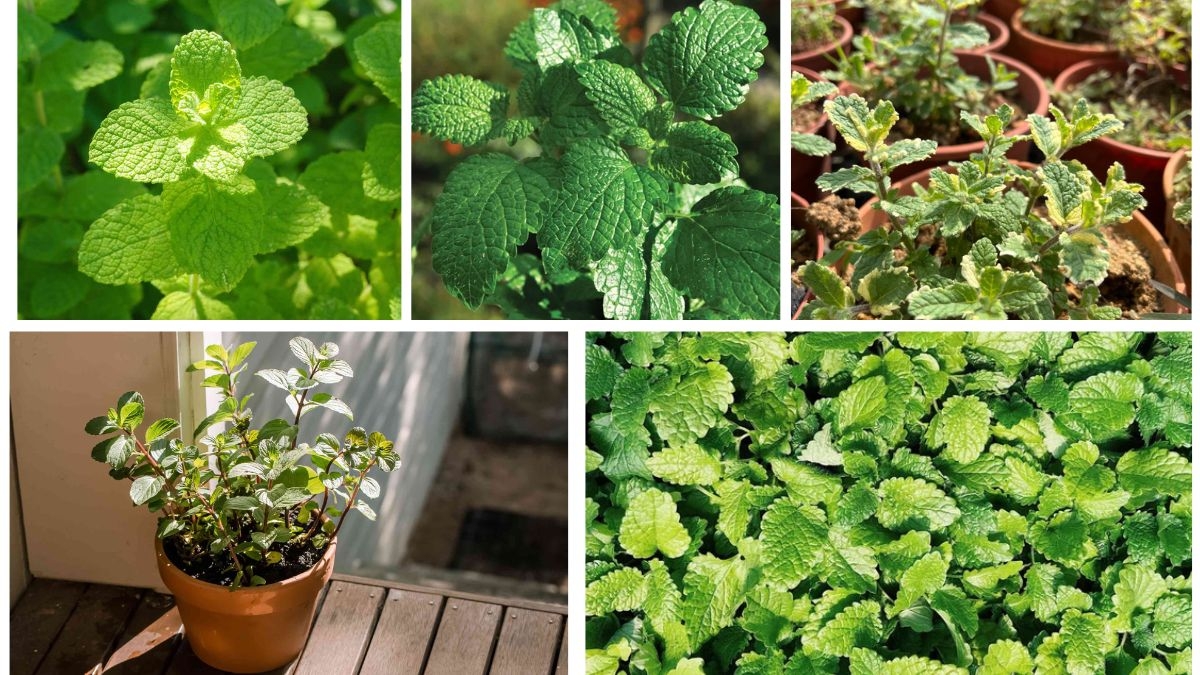





Leave A Comment